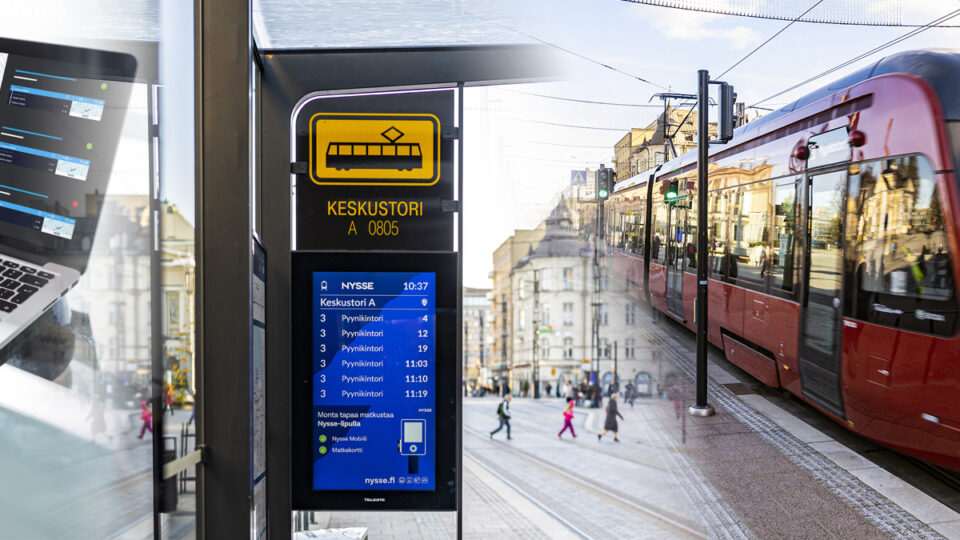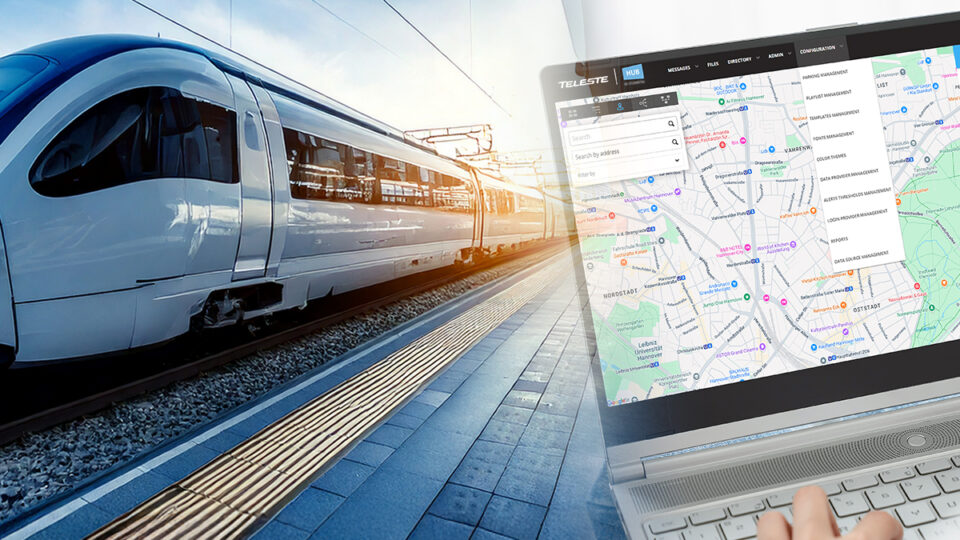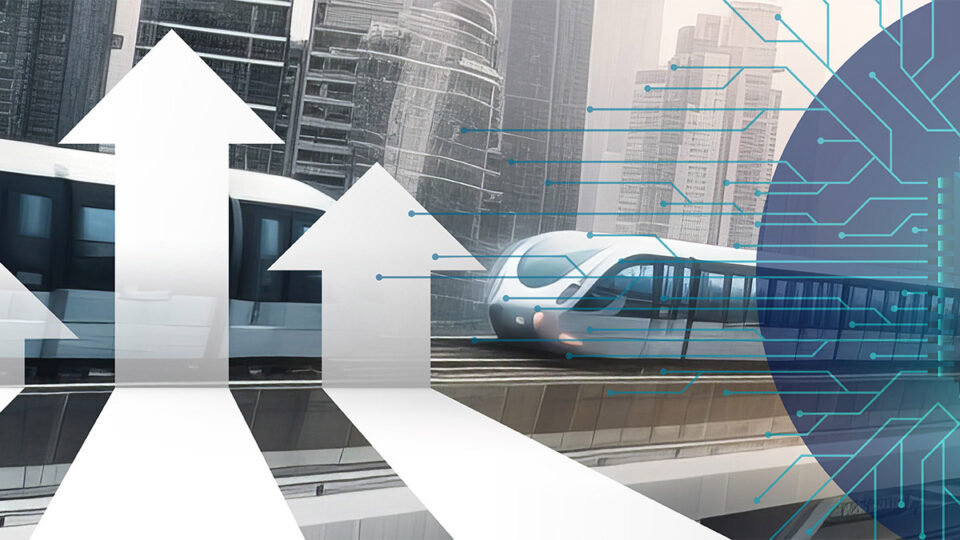
From transactions to relationships: connecting transit agencies with a new generation of customers
Transit agencies are facing a new challenge as they try to attract and engage with a new generation of customers. This generation of riders has grown up in the digital age and has certain expectations for their transportation experience. They want to be able to find information quickly and easily online, and expect intelligent passenger routing and navigation information from departure to return. This presents a challenge for agencies, who must find ways to leverage existing technologies to meet these growing customer demands without completely overhauling their existing infrastructure.
Creating a system that belongs to riders
Modern customers are already well-informed about transportation, and transit agencies are trying to keep up by using real-time data collection. New technologies are being used to help customers avoid crowds at stations and choose optimal travel routes. Agencies are also using these tools to provide riders with the opportunity to give real-time feedback and create a dialogue between the customer and agency. Ultimately, transit agencies need to create a system that feels like it belongs to the community. By involving customers in the process, agencies can create a sense of investment in the system, which benefits everyone. Expensive investments in new stations and lines are community-driven, so seeking input from the community is crucial. Many new technologies can help facilitate this.
Restoring a sense of safety
One of the biggest challenges transit agencies face is the perception that transportation may not be safe, due to negative news stories and other sources of information. While transit is generally very safe, it can be difficult to communicate this effectively to customers. Agencies are therefore focused on providing customers with a sense of security and safety with the help of new technologies. They are making a conscious effort to show the types of measures being taken to ensure the safety of their riders.
One effective way for agencies to enhance security and deter petty crime at stations is by installing public view monitors that display security camera feeds in plain view of riders. This measure not only makes riders feel more secure but also acts as a visible deterrent against potential perpetrators. A similar strategy has been successfully implemented in retail stores to deter petty theft. By making riders instantly aware of the security measures in place upon entering the station, this solution helps promote a safer and more secure environment for everyone. In addition to forensic analysis of video content after an incident has occurred, agencies can now utilize next-generation cellular and Wi-Fi networks to access on-board video content in real time.
Customers want to feel heard, understood, and valued by the agencies they interact with.
Bidirectional communication is key to understanding customer needs
In the digital age, customer interactions have become increasingly impersonal and transactional. Customers want to feel heard, understood, and valued by the agencies they interact with. To address this, agencies are increasingly driving customers to their own apps, social media sites, and other channels to communicate with them directly, giving them the ability to respond faster. Agencies are also leveraging advanced technologies, such as video analytics, AI, and machine learning, to personalize customer interactions on platforms, trains, and buses, and deliver a superior experience.
These technologies allow transit agencies to gain a deeper understanding of their customers’ needs, preferences, and behavior, and provide tailored solutions and proactive support. They also provide a platform to humanize the customer experience every step of the way, from departure to return. It is this combination of software and technology solutions that help transit agencies communicate to their customers that they are indeed paying attention and taking steps to address their needs..
In conclusion, transit agencies face significant challenges in attracting and engaging a new generation of customers. By creating a system that belongs to riders, restoring a sense of safety, and focusing on bidirectional communication, agencies can build a more customer-centric transportation system that meets the needs of today’s riders.
Mike O’Dea




